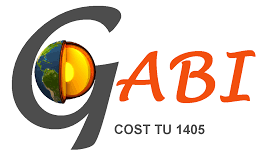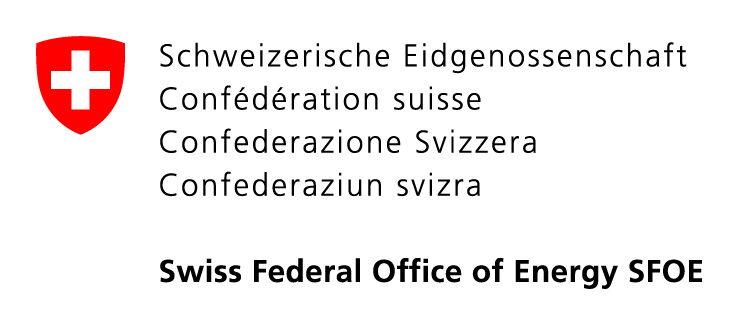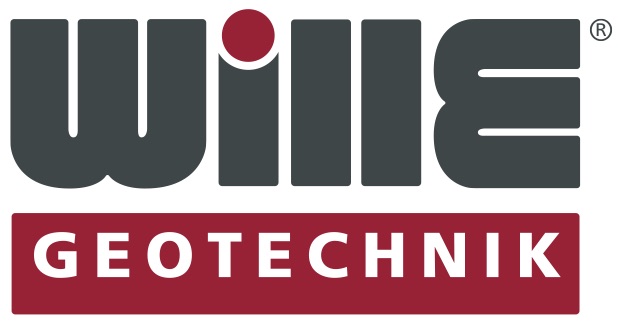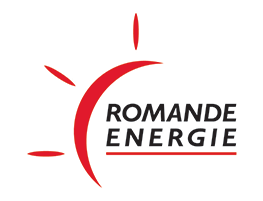27 September 2018 – 9:45 AM
Stefan Wiemer ETH Zürich, Switzerland
Fully open or partly open geothermal systems can induce potentially damaging seismicity. How this seismicity should be addressed depends on the geothermal system, its operational characteristics, the geological context, exposed buildings, existing infrastructure and populations, and social concern. We have developed an initial screening tool, called Geothermal Risk of Induced seismicity Diagnosis (GRID), for estimating to what extent induced seismicity is of concern for a specific project. A framework for tailor-made risk governance measures is then recommended, including hazard and risk assessment, social site characterization, seismic monitoring, insurance, structural retrofitting, traffic light systems, information and outreach, and public and stakeholder engagement. In this presentation, I will first outline this framework and then focus on traffic light systems (TSL) that are today an essential ingredient of induced seismic risk management. Their simplicity and robustness make them indispensable components of future GeoEnergy projects at risk of inducing felt earthquakes. However, classical TLS are purely reactive and inherently heuristic. They do not take into account the wealth of information available in near real-time. We are currently developing the next generation of TLS, Adaptive Traffic Light Systems (ATLS), which are data driven (i.e., updating forecasts as new data arrives), model-based (i.e., using statistical and physics-based models of the reservoir for probabilistic forecasts and scenario computations) and risk-based (i.e., integrating rate forecasts, ground motion prediction, exposure and vulnerabilities into a quantitative assessment of risk). In this presentation I will review the key ingredients of ATLS, discuss the performance based on retrospective analyses and the roadmap towards real-time applications.










